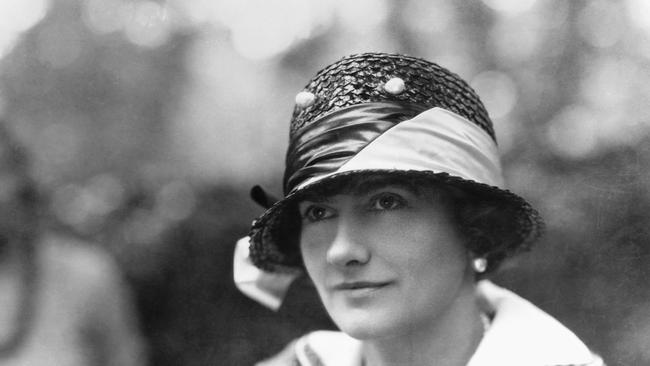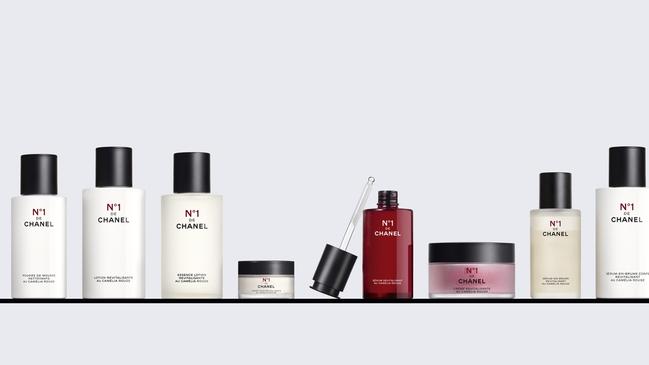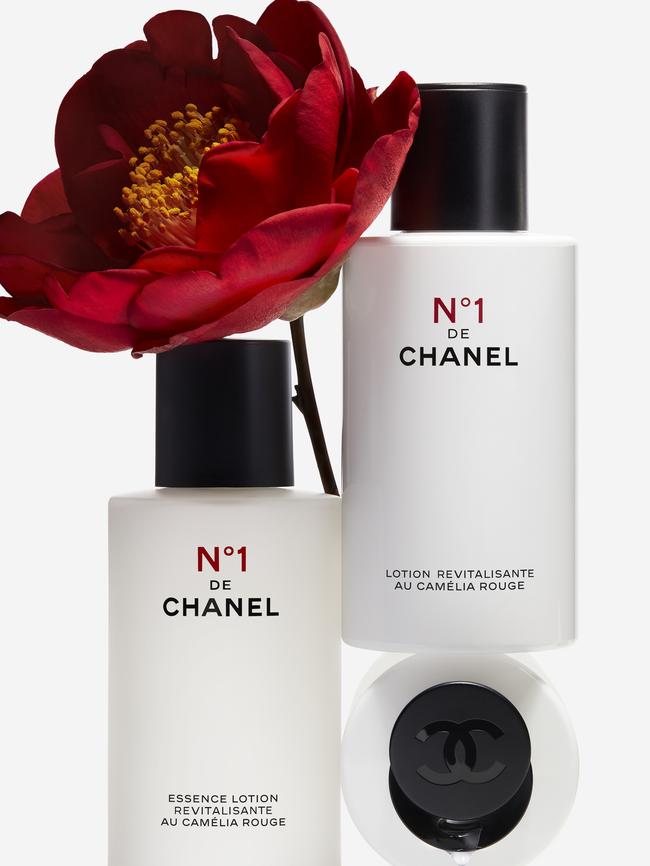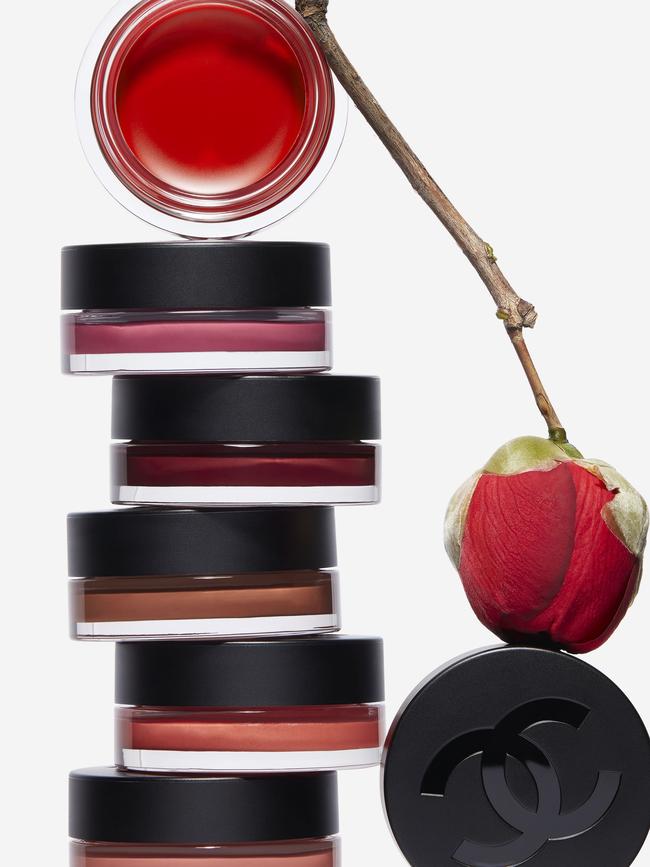Chanel’s scientific discoveries in skincare
The quest for sustainable beauty is taking Chanel’s researchers into the farthest reaches of nature.

Gabrielle ‘Coco’ Chanel couldn’t find the beauty product she was looking for, she made it herself. In 1927, Chanel launched her first skincare product, a jasmine-infused multi-use oil. Chanel would later expand her skincare range with products – creams, face powder, a self-tanning oil in 1932 (Coco Chanel, after all is famously credited with transforming a tan into chic evidence that one could afford leisurely pursuits) and other potions that she, and other women, would find both useful and luxurious.
As with her fashion, Chanel’s edict, “I dress for myself. If I don’t wear it, I don’t make it,” resonated with her approach to fragrance and beauty too. This notion of putting the woman and her changing needs and desires at the centre remains a philosophy for Chanel beauty, says Dr Armelle Souraud, director of scientific communication at Chanel.
-
Discover the world’s best fashion, design, food and travel in the December issue of WISH magazine.
-
“It was the modern vision Mademoiselle Chanel [had] at this time and it is still relevant today. She was speaking about the allure of women. It was a holistic approach to beauty, how all the beauty, like accessories, could be part of this allure of a woman. That’s what inspires us today,” she says. “Gabrielle Chanel, at that time, she developed the first beauty product it was … the product that she wanted to use.”

This philosophy has been met with rigorous scientific backing.
Sitting alongside Dr Souraud on WISH’s visit to Chanel’s research and development centre in Pantin (which also houses the maison’s fashion and beauty archives, where some 2300 skincare products are kept in a stable climate of 17/18C and 50 per cent humidity), around 8km from Paris, is Dr. Nicola Fuzzati. A chemist and director of innovation and development for cosmetic ingredients, Fuzzati has worked at Chanel for more than 10 years and has 20 years’ experience in identifying plants for cosmetic and pharmaceutical use. His enthusiasm for science is catching, and he is a sort of botanical bounty hunter, travelling the world in search of new plant extracts Chanel might use in its products.
Fuzzati’s explorations take him far, wide and indeed deep. A current project has him working with researchers from IFREMER, France’s prestigious ocean science institute, on an experiment to study bacteria in algae below the ocean to see what effect it may have on the complexion.
Fuzzati, who has been fascinated with plants ever since he was a boy, says Chanel currently has more than 100 patents on the biological action of active ingredients it has created. The Chanel laboratories, employing some 300 scientists, are busy ecosystems with a cross-section of disciplines such as chemistry, biology and pharmacy. There are also the four ”open sky laboratories” – two in France, one in Madagascar and one in Costa Rica – where Chanel cultivates and observes plants, and collaborations with researchers the world over. All of it, says Dr Fuzzati, is unique.
“First of all, we are really experts in plant chemistry, and natural products in general. But the very peculiar thing is that in our laboratory, we don’t perform only research, but also the production of the final ingredient that enters in our product. We are a centre of research and production,” he says.
“And now, since we integrate with the open-sky lab, we are integrating the power of cultivation of the plant. We start from the ground, the plant, and we arrive at the final product. We control all [of] the chain.”
This includes the cultivation of the camellia flower. Said to be Coco Chanel’s favourite flower ever since her dashing, polo-playing lover and muse Arthur “Boy” Capel presented her with a bunch during their tragically brief and burning affair, the flower has become a key emblem and motif of the house. But also, it turns out, a powerhouse skincare ingredient.
In 1998 Chanel opened the first of its open sky labs, a 98-acre camellia farm that now has some 40,000 camellia plants, in Gaujacq, south-west of France. The white camellia, known for its hydrating properties, has been used in Chanel’s Hydra Beauty range. But it is the lesser-known red camellia, camellia japonica, that is at the centre of Chanel’s ambitious new beauty chapter, No.1 de Chanel. It’s a project almost 10 years in the making.

Launched earlier this year with new products, including a serum-in-mist for the body, revealed in August, the collection includes skincare, make-up and fragrance.
It marks Chanel’s first foray into sustainable beauty. This includes the refillable bottles (made with less glass and limited packaging) and some formulations are made with up to 97 per cent natural ingredients. Almost the entire red camellia flower has been used, even the seed shells, which in collaboration with the Finnish company Sulapac, have been used to make the bottle caps.
In researching the red camellia Dr Fuzzati and his teams discovered it is a potent source of protocatechuic acid, an antioxidant that helps to slow down “senescence”.
Senescence is basically the cellular ageing of the skin, leading to skin losing its vitality. This slowdown of the renewal process of skin cells can also be accelerated by UV, stress, pollution and other unfortunate realities of modern day living.
No.1 de Chanel targets the five signs of ageing, including wrinkles, enlarged pores, and changes in the skin’s texture, elasticity and radiance. But crucially, says Dr Sourard, it increases the comfort of the skin. She says this is important when thinking about what women want now – it’s also about how they feel.
“We also wanted to add comfort because we know that, especially in a very stressful environment, the skin is losing its radiance and comfort,” she says.
“Targeting women today, we really want to keep a healthy skin full of vitality. Whatever the way they’re living, it’s to give them the opportunity to preserve the capital of their skin. When you have … a lot of stressors around and coming from inside, we all know that it has an impact on the quality of your skin. You can see it, it is visible.”

As Dr Sourard notes, the act of skincare is intimate, invisible and sometimes galvanising. “[I]t can be extremely powerful and bring you a lot of confidence, a lot of wellbeing. And that’s why when we speak about beauty, it’s not just being beautiful. It’s much more than that. It’s not speaking only about appearance, but more feeling beautiful. That’s why we wanted to help women to find the right beauty routine, to feel well and to feel beautiful on a daily basis.”
Dr Sourard says there is a parallel between Chanel beauty’s long-held holistic approach, from plant to bathroom shelf and the assortment of experts under one roof, with Chanel’s atelier. For example, in 2021 the maison assembled 11 of its metiers, from embroiderers to feather makers, in its purpose-built 19M building in Paris.
“Sometimes we use the same words when we speak about savoir faire, the art of formulation, it’s something very special,” she says.
Getting the balance between products that are both efficacious and luxurious, sustainable and a pleasure was, says Dr Sourard, no mean feat.
“The big challenge was, really, to be able to meet the high luxury standard of Chanel, [as well as] integrating all the science, all the technology and all the eco-responsibility,” she says.
Crucially though, just as in a couture collection and particularly at Chanel, the sensoriality of the product belies the hours (and years) of work that has gone into it.
As Dr Fazzuti says of his first glimpse of the Chanel laboratories,
“Even me, coming from a pharmaceutical company, the first time that I visited the [Chanel] laboratory, I say, ‘oh, this is a serious thing.”
Serious too in No.1 de Chanel is a sense of finding satisfaction in creating rituals with the products. This includes the “pinch and twist” motion suggested for applying the hero product, the Revitalizing Serum, and the instant refreshment of the fragrance mist.
It is something that echoes Coco Chanel’s original jasmine oil, prized on women’s vanity tables almost 100 years ago. As Dr. Sourard says, it was intended to be used, and enjoyed.
“The jasmine oil was really dedicated for the massage, to revitalise your skin, but in a very specific texture that [brings] a lot of pleasure,” she says.

To join the conversation, please log in. Don't have an account? Register
Join the conversation, you are commenting as Logout